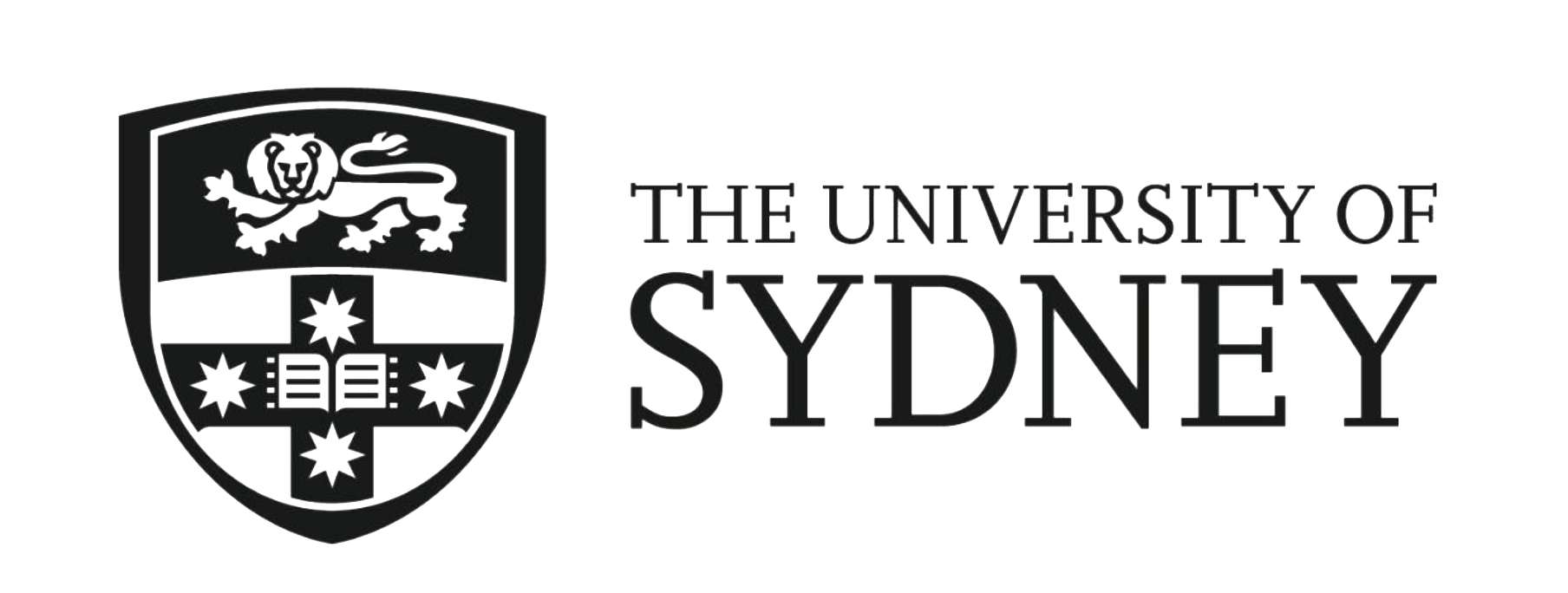A new report by the Evatt Foundation provides valuable information on the distribution of wealth in Australia. At a time when the major Australian political parties are clearly taking different positions on the importance of economic inequality, this is timely. The conservative Coalition wants to push ahead with tax cuts for ‘the top end of town’ – by removing the ‘deficit levy’ on high incomes and by cutting the company tax rate. The ALP went to the recent general election promising to increase capital gains tax and to eliminate some of the tax advantages that negatively geared housing investors have enjoyed, while proposing increased spending on health and education. This unusually clear party political contrast, while not exactly a ‘class war’, has brought issues of distributional inequality into the public spotlight. It is notable, however, that neither party has mentioned redistributing wealth, as distinct from taxing incomes from capital and labour.
 The income-wealth relationship is not always well understood. Sometimes people with high incomes are described as wealthy. But, formally, there is a clear distinction between income and wealth. Income is a flow while wealth is a stock. The stock of wealth comprises assets, whether held as land, housing, other valuables, shares, superannuation, bank deposits or in other financial forms. It is these accumulated wealth holdings (or the lack thereof) that is the principal influence on economic opportunities and power in a society like ours. ‘Who owns what’ significantly determines ‘who gets what’. Moreover, inequalities in wealth are also the major influence on the inter-generational transmission of inequality, especially in Australia where there is no tax on inherited wealth.
The income-wealth relationship is not always well understood. Sometimes people with high incomes are described as wealthy. But, formally, there is a clear distinction between income and wealth. Income is a flow while wealth is a stock. The stock of wealth comprises assets, whether held as land, housing, other valuables, shares, superannuation, bank deposits or in other financial forms. It is these accumulated wealth holdings (or the lack thereof) that is the principal influence on economic opportunities and power in a society like ours. ‘Who owns what’ significantly determines ‘who gets what’. Moreover, inequalities in wealth are also the major influence on the inter-generational transmission of inequality, especially in Australia where there is no tax on inherited wealth.
So what do we know about the distribution of Australian wealth? Until fairly recently, not much. The last official census of wealth was conducted exactly 101 years ago. But we have been getting some improved data in recent years from the Australian Bureau of Statistics (ABS) and the Melbourne Institute’s survey of Household Income and Labour Dynamics in Australia (HILDA). The OECD has also been compiling data which gives us a more consistent basis for international comparisons. What the new Evatt Foundation report does is to distil all this evidence into a clear picture of wealth inequality and how it has changed since 2011-12, while carefully describing the methods of calculation. As you would expect, the data confirms that Australia as a whole has become much wealthier since 1970: in fact, the total stock of capital has grown about twice as fast as national income during the subsequent four decades. But inequality has markedly increased during this same period, and continues to increase.
Currently, according to the Evatt Foundation report’s best estimate, the wealthiest 10% of Australian households have more than half the nation’s total wealth. The top 1% of households alone has at least 15 per cent of the nation’s wealth. This affluent elite – the top 10% and especially the top 1% – is getting cumulatively richer, not only relative to poor households but also, significantly, in relation to the next 50% of households. Meanwhile, the poorest 40% of Australian households have effectively no wealth at all: indeed, about half of them actually have negative net wealth because of their personal debts. Two fault lines are evidently widening – one between the bottom 40% and the rest, and the other between the top 10% and the 50% in the middle. The latter is a particularly significant finding, because it indicates a growing division within a broad group of people who would formerly have thought they shared a similar stake in maintaining the status quo.
The social and political implications are considerable. Growing wealth inequalities make it harder to maintain the myth of Australia as the land of the ‘fair go’. They potentially fracture social cohesion and create power imbalances that further undermine nominally democratic institutions. Research by social scientists has also shown that there are significant statistical and causal links between economic inequality (albeit usually measured in terms of income rather than wealth) and the intensity of an array of contemporary social problems. Countries with the greatest inequality tend to have the highest incidence of social disorders such as ill-health (both mental and physical), obesity, violence and prison incarceration. Other research shows that the macroeconomic consequences are just as troublesome. For example, a new study by US political economists reveals economic inequality to have been a principal factor in causing the global financial crisis. And even the normally reliably conservative International Monetary Fund has published research findings showing that nations with high inequality tend to have weaker national economic performance.
 Whether public policies can turn the tide is a key political economic question, of course. Thomas Piketty’s controversial but justly famous work on wealth inequality emphasizes economic variables such as the overall rates of economic growth and the rate of return on capital as the key influences on the accumulation and concentration of wealth. Public policies are also a key part of the inequality story, however, as Piketty’s analysis points out. Particularly during the three decades after the second world war, reforming governments in many capitalist nations had progressive taxation and welfare state arrangements that were explicitly designed to ameliorate economic inequalities. It is the replacement of that social democratic inclination by the politics of neoliberalism and austerity, together with a weakening of the labour movement, that subsequently turned the tide. Were ‘the spectre of a progressively redistributive government’ ever again to haunt the Australian scene, we might anticipate a renewed policy push for progressive redistribution. And, stretching the imagination yet further, might we even anticipate the question of wealth distribution then having a central place on the public policy agenda?
Whether public policies can turn the tide is a key political economic question, of course. Thomas Piketty’s controversial but justly famous work on wealth inequality emphasizes economic variables such as the overall rates of economic growth and the rate of return on capital as the key influences on the accumulation and concentration of wealth. Public policies are also a key part of the inequality story, however, as Piketty’s analysis points out. Particularly during the three decades after the second world war, reforming governments in many capitalist nations had progressive taxation and welfare state arrangements that were explicitly designed to ameliorate economic inequalities. It is the replacement of that social democratic inclination by the politics of neoliberalism and austerity, together with a weakening of the labour movement, that subsequently turned the tide. Were ‘the spectre of a progressively redistributive government’ ever again to haunt the Australian scene, we might anticipate a renewed policy push for progressive redistribution. And, stretching the imagination yet further, might we even anticipate the question of wealth distribution then having a central place on the public policy agenda?
Soberly returning to the present, we cannot expect such issues to be addressed, let alone resolved, by a Turnbull government re-elected with the barest of majorities and facing a Senate where populist and right wing parties hold the balance of power. In the longer term, however, an informed citizenry needs good political economic knowledge if progressive political possibilities are to be realised. And any potential governments with an interest in progressive reform need good information if they are to act in the public interest. Information about the distribution of wealth is an obvious case in point. The new report by the Evatt Foundation should be seen in this context. The report points to the need for improvements in the information on the distribution of wealth among Australian households. Its main purposes, however, are to marshal the existing evidence, show its characteristics and limitations, and thereby contribute to the clearest possible picture of wealth inequality. Worth a look…




Comments